“Everywhere I look, male models are either chiselled with a six-pack or ultra-skinny.”
“My experience while shopping in stores in India has been pathetic.”
“I have not come across any [menswear] designers who openly mention that they keep clothes in larger sizes.”
“People like us shouldn’t have to wear black all the time.”
“There are people like me who want to dress fashionably, but retailers aren’t giving us a chance.”
“Not having sizes ready for bigger people suggests that they shouldn’t be able to wear certain styles of fashion.”
“I only have the option of made-to-measure with Indian wear, which involves a lot more planning to make a purchase.”
When it comes to fashion, the fragile masculinity that underpins the industry and market has confined the body inclusivity movement to the sphere of female representation. The accepted prototypes of male attractiveness still don’t include fuller figures, and those whose bodies don’t fit – whether they’re cis, transmasc, non-binary – aren’t supposed to be vulnerable about physical appearance, much less embrace their shape and care about what they wear. And without these voices being heard, the status quo remains.
We’ve seen certain conventional beauty standards, like fair skin, being challenged via magazine spreads and brand campaigns. The gender-specific outlook on dressing is gradually evolving in India too; many forward-thinking indie labels are pivoting to unisex clothing, and it’s not unusual to scroll past cishet Gen Z guys wearing jewellery and nail polish to emulate the androgynous aesthetic that’s popular on social media. But we still consume these “subversions” through lean, angular bodies that fall within a broadly Western patriarchal ideal and are therefore acceptable to fashion’s gatekeepers. Even the dad bod’s pop-culture moment was centred around giving a free pass to once-brawny men to “let go” and reassuring them that society still thinks they’re attractive.
According to most designer and high street brands, plus-size men (or rather those who they categorise as such) might as well be invisible. They are either completely ignored through a lack of extended sizing options or unceremoniously offered dull, tent-like garments as if to ensure they remain as unnoticeable as possible.
So where does that leave someone who doesn’t see themselves represented at all? What’s it like to walk into a store and be made to feel like you don’t deserve to enjoy getting dressed up? How can things change?
Verve gets some candid views on dealing with body image issues, developing personal style and shopping for clothes in person.…
Minazuddin Kazi, 23, Brand Manager, Papa Don’t Preach
Mumbai
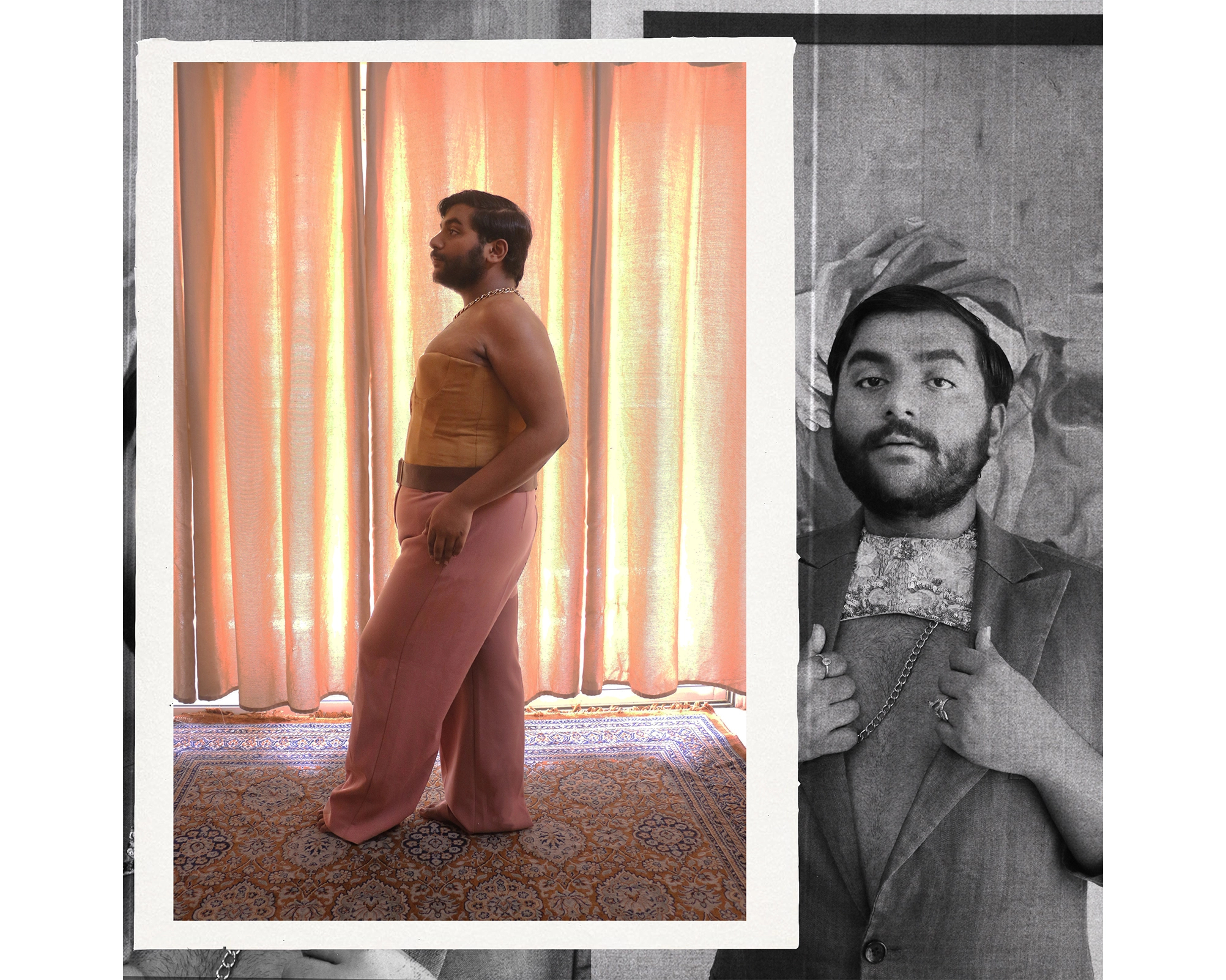
It’s tricky for me to find the right size within the ready-to-wear section because my upper body is broad compared to my lower body. I think it’s very important for brands to bring about change in the retail ecosystem to be inclusive of plus-sized people. The major part is representation in their mainstream campaigns and even e-commerce shoots.
While shopping, I would like to see my size on the rack rather than having to ask a sales assistant to come help me find it or to bring it from the back. And no matter which store I walk into, there are never any plus-size mannequins to be found.
I personally only shop from the women’s section right now, but even there, the maximum you get is an L. The XL or XXL is nowhere to be seen, unless you’re going for a couture experience.
Also, the whole new trend of “thick” women with tiny waists and heavy bottoms is just as toxic. We need to embrace real human bodies the way they are. Show us tummy rolls, love handles, stretch marks, loose skin, body hair…we need to see it.
In retrospect, we have almost forgotten about plus-size men. The fetishisation of dad bods barely serves the purpose. Needless to say, we are also way behind when it comes to showing plus-size trans and non-binary people.
Parth Rahatekar, 22, Creative Media Professional
Pune
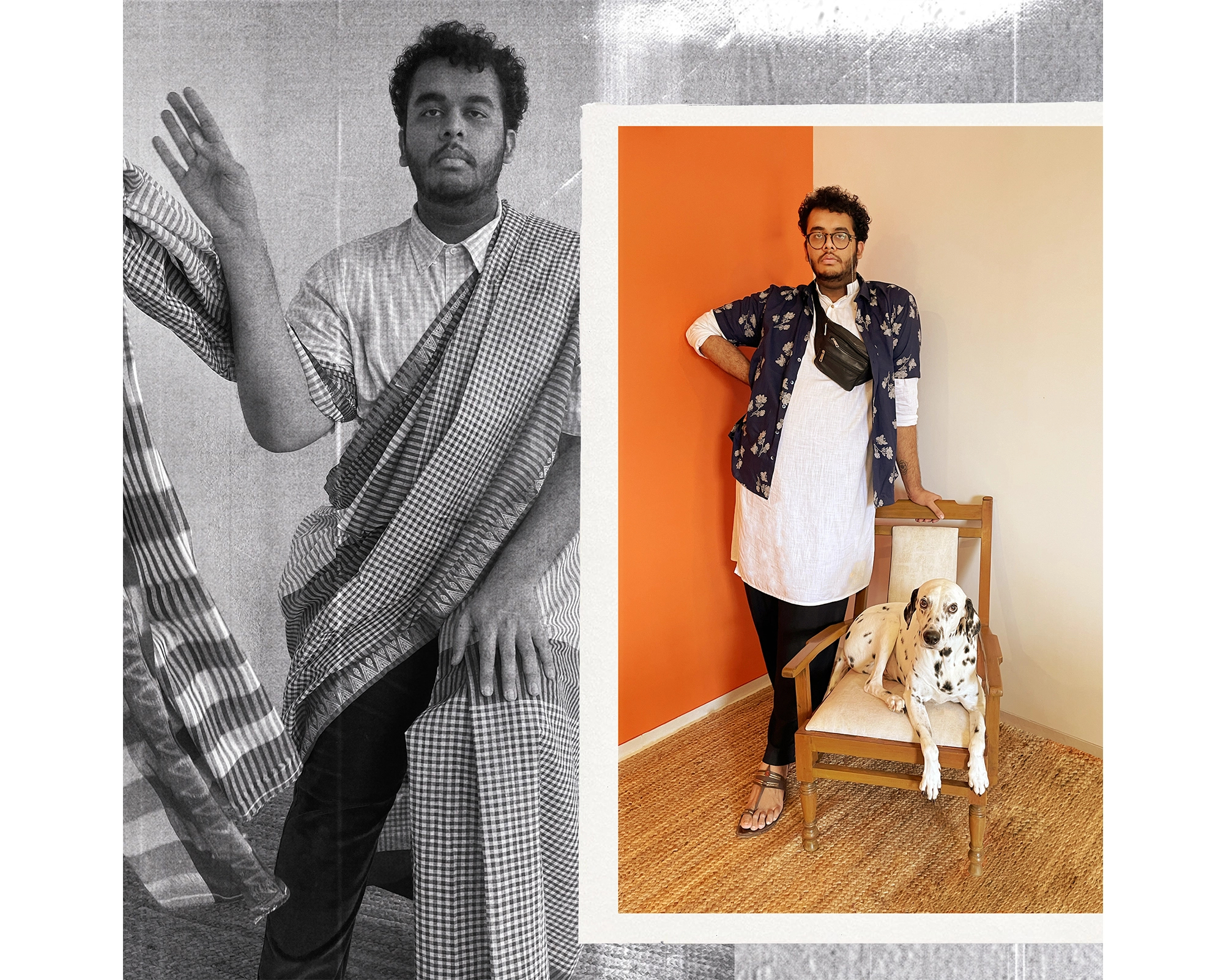
I am non-binary [Rahatekar uses they/them pronouns]. We are sort of making headway with featuring queer people in fashion. But everyone is thin, stereotypically androgynous and fits into a widely accepted, conformist idea of what it means to be queer. It’s a very heterosexual gaze on queerness. While I do feel represented in terms of queerness in some sense, as someone who is not the conventional body type, I have never felt fully represented in fashion. And that’s actually kind of annoying.
I’ve had to wear clothes that are too short for me since I am 6’ 5”. It has kind of become my aesthetic because I don’t get my accurate size anywhere. I have really tried to scout for brands; I have lived in Bombay, Delhi and Pune, which are metro cities that should have clothes in my size. But if they do, they don’t match my fashion sensibilities.
Fitting rooms are a nightmare for someone with body dysmorphia. I have had breakdowns while shopping because the garments that brands assume would fit a larger body type are often very ugly, and they don’t fit the way they are supposed to. Unconventional body types should be considered right from the beginning of the design and ideation processes.
I actually think that curvy people have been doing the whole “influencer thing” before anyone else in fashion. Like a lot of queer people, for instance. We “invent” styles that look good on us because we have to. And then it is appropriated by the mainstream.
I feel that whenever people can, they should amplify those who are not considered conventionally attractive. Falling out of the beauty bracket is a very hard thing to put into words because it is something that I have had to deal with forever. I just want more diversity.
Shashaank Gopalakrishnan, 28, Manager
Mumbai
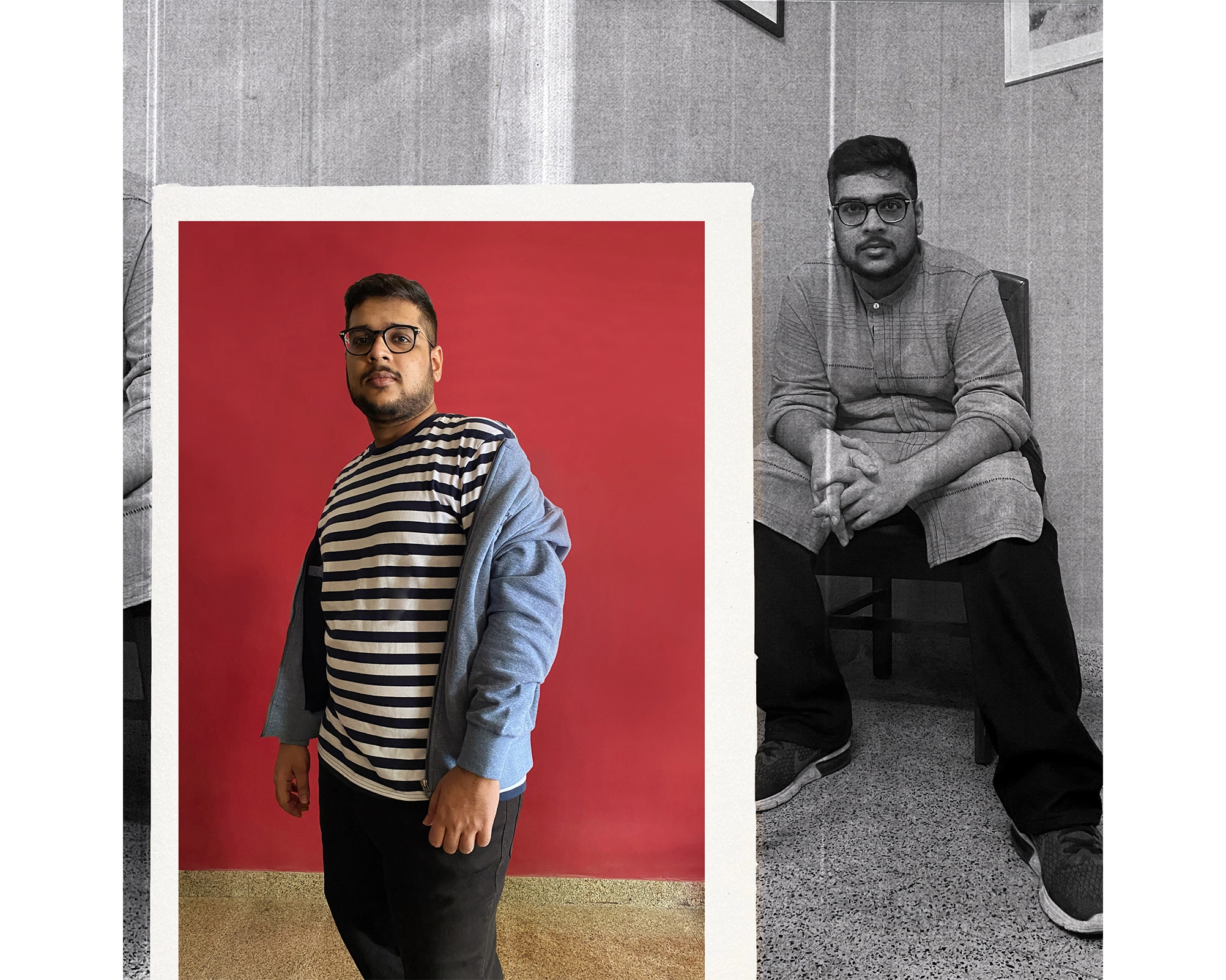
I don’t understand the hype behind “slim-fits”. I am okay with my body shape, but I don’t think brands want me to be.
I buy very little, and whenever I do, I make sure that it lasts for at least five years, if not more. So, it’s all about the basics for me – simple colours and loose styles that will fit easily whether I lose or gain weight.
I don’t think people belonging to my body-shape category are ever “shown” styled well. Therefore, we have to always put in the extra effort to find clothes that look good, which sometimes makes me feel too lazy to even try and experiment.
I can’t afford designer clothes and generally go shopping in the malls that host brands which fall within my price range. Still, most of the good and new stuff is generally available only up to medium sizes.
Aditya Lal Chadha, 24, Writer and Actor
Mumbai
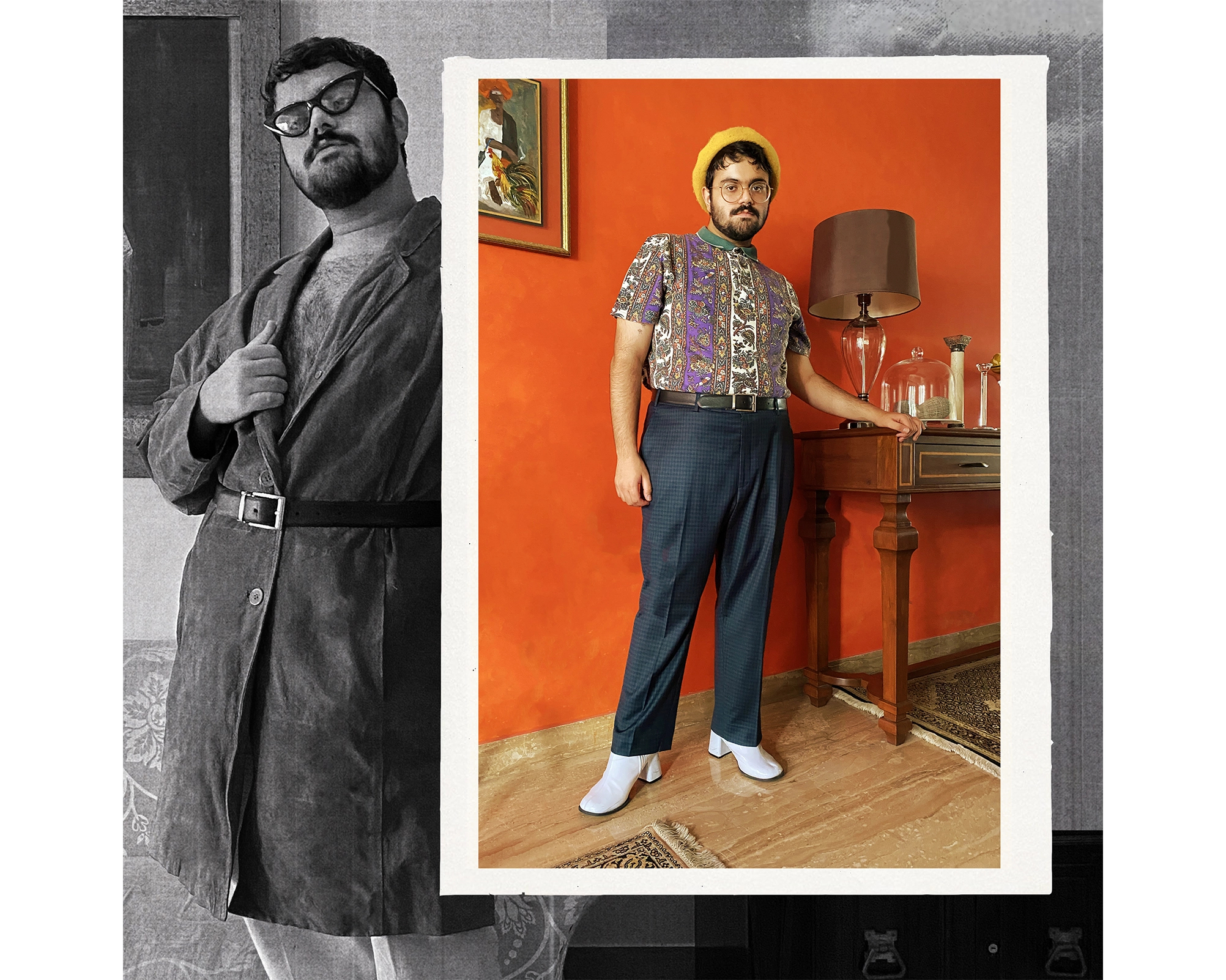
I think that since the onus of having a perfect body or certain body shapes has always been on women, there is now more diverse female representation on the runways to push back on misogynistic and colonialist standards. Whereas if fat men are not represented, it is deemed okay. It is “okay” for men to be fat because they are still considered attractive and “viable”. But, which one is it? Do we lack choices because men don’t care about fashion, or do men not care because there aren’t enough options?
Shopping for clothes in India is especially scary and emotionally draining. I remember a time that I went to a high-street store when I was living in Delhi. I was looking at a cute pink linen shirt – I knew this brand carries my size – and this woman refused to help me! I asked her to look for it because they don’t usually keep these sizes out front. But she straight up said no! Salespeople are not trained well enough to fit or guide a person with my body shape. And at the end of the day, it’s all about selling a myth: “You should lose weight to wear these clothes.” That’s probably why retail stores don’t hire a lot of fat people.
I feel it’s also a generational thing. Like, my father’s generation didn’t seem to give a damn, but we are Gen Z and are very anxious about “asking”. We are conscious about our bodies.
I haven’t come across any Indian designer who makes large clothing even though I live in Tardeo and am surrounded by all these boutiques. And not one of them has any large-sized mannequins.
I buy a lot of my clothes online so that I don’t have to interact with any salespeople while shopping. You get such great stuff in big sizes from platforms like Depop. And that way, I don’t really need Indian designers because I can outsource my wardrobe. But it’s not fair for people who can’t do the same. Fashion should be universal and approachable.
Sugapuff, 31, Entertainment Presenter, Content Creator, Director
London
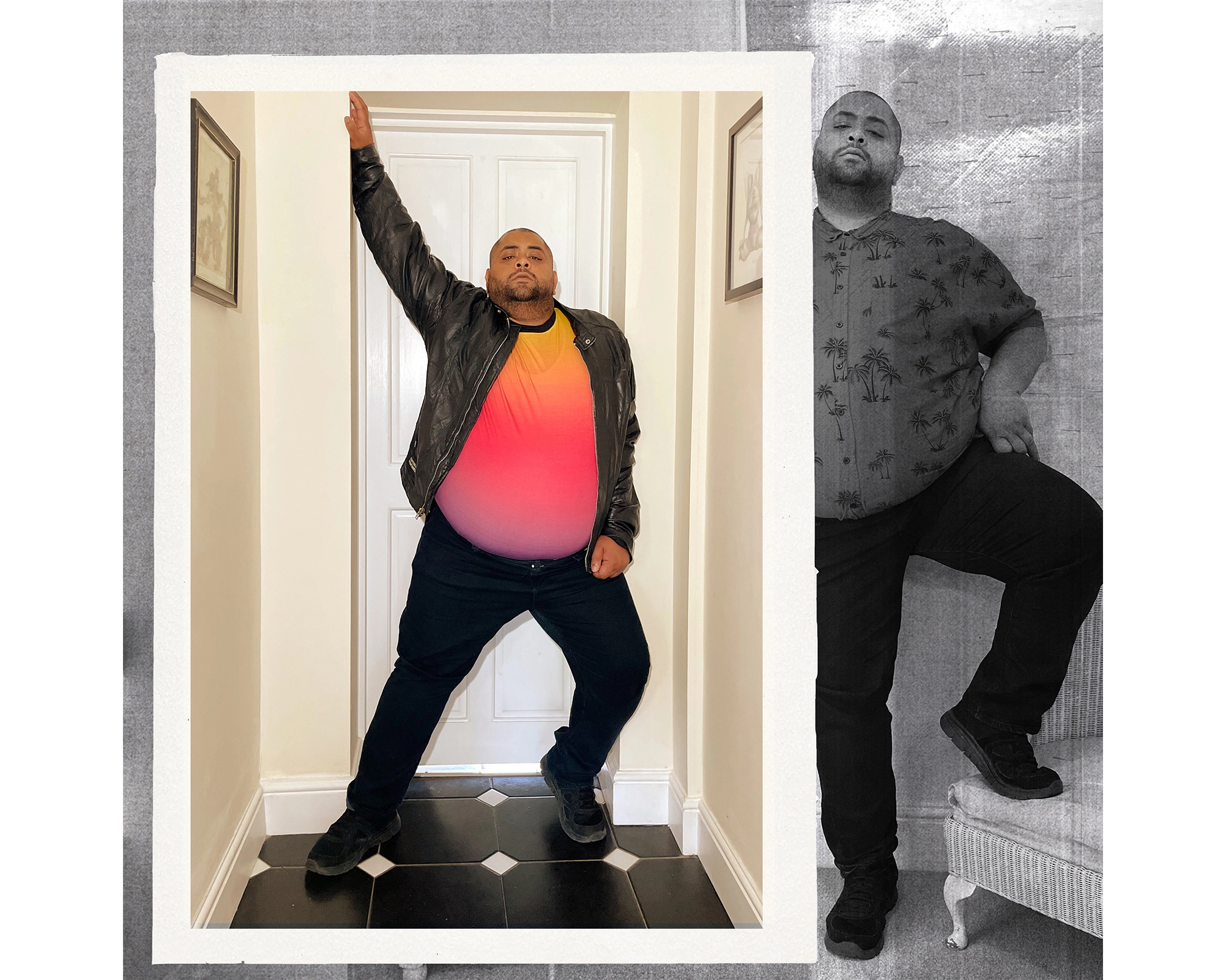
In the fashion industry, “plus-size” means an average body; they don’t have clothes for real plus-size men, but for bigger people. And there’s a difference. In real life, “plus-size” means someone who has big arms, a big belly and big proportions overall.
There are a lot of South-Asian aunties and uncles who are really big, just like me. But when I visit their shops or boutiques, they stare at me as if I’ve come from outer space. I get this feeling that I’m not good enough; they don’t even show me around the shop. People like them don’t make you feel involved as a customer, or comfortable as a human being. They also make side comments like, “You should really watch what you eat!”
The last time I wore a kurta, I had to open up the stitching on the sides. I haven’t worn a sherwani in 15 years, and that’s sad because I’m someone who loves to celebrate my culture and where I come from.
As an entertainment presenter, going to celebrity events used to be really stressful. What I ended up doing was altering my old clothes that fit me. Years ago, at one of these events, I wore a suit that I had covered with bangles to highlight my South-Asian background. That night I met Vivienne Westwood, and she told me that my outfit is something she’d have put on the catwalk.
Mohit Sengupta, 22, artist and audio engineer
Chicago and Gurugram
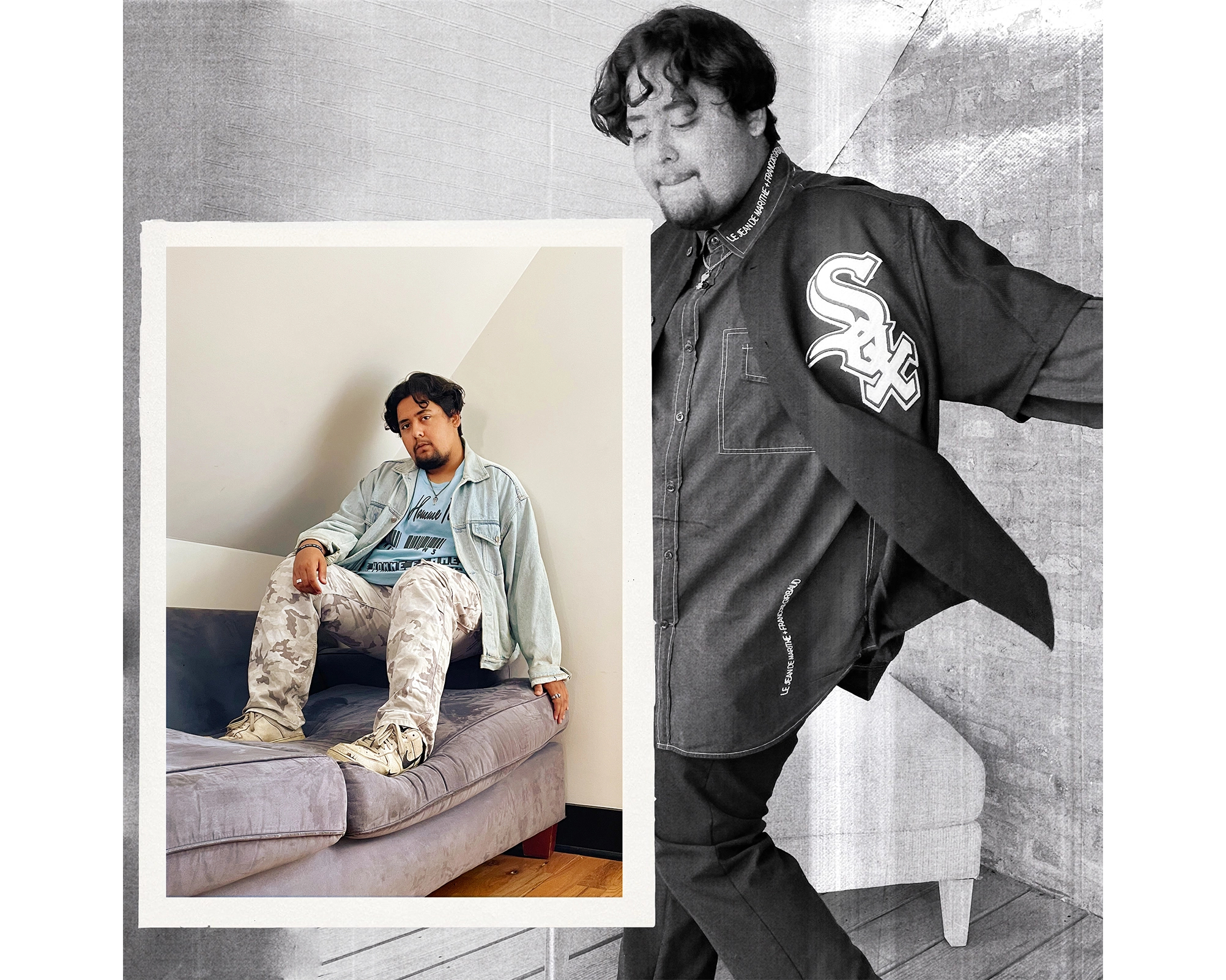
Growing up in India, I always struggled to find options that would fit my body type. I even remember being young and having to buy certain things from the adult section because the children’s sections would never have clothes that fit me comfortably. This forced me into the habit of shopping for comfort rather than both comfort and style. As I grew older, I recognised my interest in fashion and wanting to look and feel good and started exploring options but often while sacrificing comfort.
I strongly believe there is a lack of representation and diversity in the body types of male models. I have nothing against those being used to promote clothing, but this fails to represent bigger or different builds and, in turn, discourages them from buying new styles of clothing and discovering fashion. Going to any store and finding clothing above XL is pretty much a gamble. So, either you’re forced into wearing smaller clothes or just discouraged from buying anything.
With the rise in popularity of streetwear in India, we have seen “over-sized clothing” becoming the norm for a lot of fashion-forward individuals. This trend has helped people with larger physiques such as mine to find more options to wear, and this has also generally encouraged brands to start making sizes up to 2-3XL. Some Indian home-grown brands I have found that do a really good job of making their clothes size-accessible include Six5Six, Jaywalking, NoughtOne, Toffle and The Naag.
We need to encourage the acceptance of all kinds of body types, enabling an exploration of colours, styles, and looks in fashion instead of imposing limitations by the size of the piece. Not having sizes ready for bigger people suggests that they shouldn’t be able to wear certain styles of fashion. Expecting them to only buy made-to-order pieces makes it less accessible for those with financial limitations and may even suggest that they are a burden just for buying clothing that fits them right.
Syed Sohail, 27, Fashion and Lifestyle Blogger of The Prep Guy, Plus-size Model, Marketing Expert
Toronto
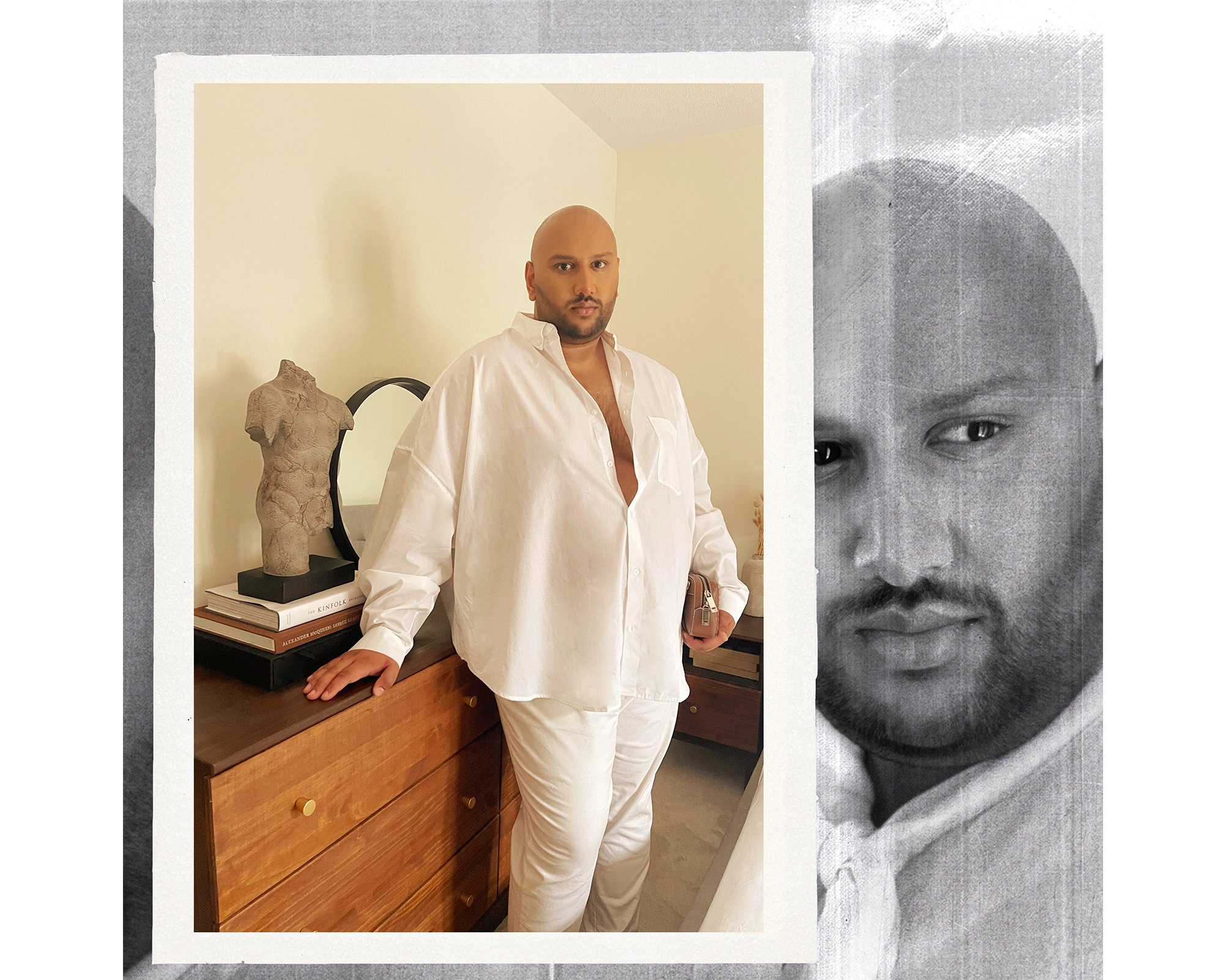
I started my blog, The Prep Guy, eight years ago to help men feel stylish regardless of their size. In the beginning, I was focused on runway shows, look books and items that I loved. I realised that there was a shift within the blogosphere, where people were sharing about their own selves and connecting with others. I took the opportunity to talk about my personal struggles with weight, mental health and life. I found that my openness helped a lot of people in many ways, including men’s body positivity and how to dress regardless of size.
I think that there is a certain perception that men should attain that “super-fit” body and not really talk about their body issues or embrace looking larger. And since men are not vocal about these things, brands feel like they do not need to cater to us.
There are not many options for larger men to begin with and many of the current brands that do cater to them do not account for current fashion trends.
I feel that larger men are not represented fairly, even when it comes to male models. Often, even when brands produce clothing in larger sizes, they typically only show it on the standard, slim model.